Submitted:
13 September 2023
Posted:
15 September 2023
You are already at the latest version
Abstract
Keywords:
1. Introduction
2. Numerical modeling
3. Governing equations
4. Grid and boundary conditions
5. Numerical solution
6. Validation
7. Investigating the effect of tip clearance
8. Conclusion
References
- M. H. Shojaeefard, S. E. Hosseini, and J. Zare, “CFD simulation and Pareto-based multi-objective shape optimization of the centrifugal pump inducer applying GMDH neural network, modified NSGA-II, and TOPSIS,” Struct. Multidiscip. Optim., vol. 60, no. 4, pp. 1509–1525, May 2019. [CrossRef]
- B. Zhu and H. Chen, “Analysis of the staggered and fixed cavitation phenomenon observed in centrifugal pumps employing a gap drainage impeller,” J. Fluids Eng., vol. 139, no. 3, 2017. [CrossRef]
- Coutier-Delgosha, P. Morel, R. Fortes-Patella, and J.-L. Reboud, “Numerical simulation of turbopump inducer cavitating behavior,” Int. J. Rotating Mach., vol. 2005, no. 2, pp. 135–142, 2005. [CrossRef]
- M. H. Shojaeefard, S. E. Hosseini, and J. Zare, “Numerical simulation and multi-objective optimization of the centrifugal pump inducer,” Modares Mech. Eng., vol. 17, no. 7, pp. 205–216, 2018.
- Y. Fu, M. Fan, G. Pace, D. Valentini, A. Pasini, and L. d’Agostino, “Experimental and Numerical Study on Hydraulic Performances of a Turbopump With and Without an Inducer,” in Fluids Engineering Division Summer Meeting, 2018, vol. 51579, p. V003T12A032. [CrossRef]
- J. Zare, S. E. Hosseini, and M. R. Rastan, “Airborne dust-induced performance degradation in NREL phase VI wind turbine: a numerical study,” Int. J. Green Energy, pp. 1–20, Aug. 2023. [CrossRef]
- L. d’Agostino, L. Torre, A. Pasini, D. Baccarella, A. Cervone, and A. Milani, “A reduced order model for preliminary design and performance prediction of tapered inducers: comparison with numerical simulations,” in 44th AIAA/ASME/SAE/ASEE Joint Propulsion Conference & Exhibit, 2008, p. 5119. [CrossRef]
- J. Zare, S. E. Hosseini, and M. R. Rastan, “NREL Phase VI wind turbine in the dusty environment,” arXiv Prepr. arXiv2304.06285, Apr. 2023. [CrossRef]
- S. E. Hosseini, O. Karimi, and M. A. AsemanBakhsh, “Experimental Investigation and Multi-objective Optimization of Savonius Wind Turbine Based on modified Non-dominated Sorting Genetic Algorithm-II,” Preprints, Aug. 2023. [CrossRef]
- X. Guo, Z. Zhu, G. Shi, and Y. Huang, “Effects of rotational speeds on the performance of a centrifugal pump with a variable-pitch inducer,” J. Hydrodyn., vol. 29, no. 5, pp. 854–862, 2017. [CrossRef]
- M. Rakibuzzaman, K. Kim, and S.-H. Suh, “Numerical and experimental investigation of cavitation flows in a multistage centrifugal pump,” J. Mech. Sci. Technol., vol. 32, no. 3, 2018. [CrossRef]
- L. Torre, A. Pasini, A. Cervone, and L. d’Agostino, “Experimental performance of a tapered axial inducer: comparison with analytical predictions,” in 45th AIAA/ASME/SAE/ASEE Joint Propulsion Conference & Exhibit, 2009, p. 4955. [CrossRef]
- K. Okita, H. Ugajin, and Y. Matsumoto, “Numerical analysis of the influence of the tip clearance flows on the unsteady cavitating flows in a three-dimensional inducer,” J. Hydrodyn. Ser. B, vol. 21, no. 1, pp. 34–40, 2009. [CrossRef]
- F. Bakir, R. Rey, A. G. Gerber, T. Belamri, and B. Hutchinson, “Numerical and experimental investigations of the cavitating behavior of an inducer,” Int. J. Rotating Mach., vol. 10, no. 1, pp. 15–25, 2004. [CrossRef]
- J. V Boussinesq, “Essai sur la th{é}orie des eaux courantes,” M{é}moires pr{é}sent{é}s par Divers savants {à} l’Acad. des Sci. Inst. Nat. Fr., vol. XXIII, pp. 1–680, 1877.
- S. E. Hosseini, O. Karimi, and M. A. AsemanBakhsh, “Multi-objective Optimization of Savonius Wind Turbine,” arXiv:2308.14648, Aug. 2023. [CrossRef]
- Karimi, M. K. Koopaee, A. reza Tavakolpour-Saleh, and S. E. Hosseini, “Investigating Overlap Ratio Effect on Performance of a Modified Savonius Wind Turbine: An Experimental Study,” Preprints, Aug. 2023. [CrossRef]
- M. S. Plesset, “The dynamics of cavitation bubbles,” 1949. [CrossRef]
- L. Rayleigh, “On the pressure developed in a liquid during the collapse of a spherical cavity: Philosophical Magazine Series 6, 34, 94–98.” 1917. [CrossRef]
- X. Guo, Z. Zhu, B. Cui, and G. Shi, “Effects of the number of inducer blades on the anti-cavitation characteristics and external performance of a centrifugal pump,” J. Mech. Sci. Technol., vol. 30, no. 7, pp. 3173–3181, 2016. [CrossRef]
- S. E. Hosseini and A. Keshmiri, “Experimental and numerical investigation of different geometrical parameters in a centrifugal blood pump,” Res. Biomed. Eng., vol. 38, no. 5, pp. 423–437, 2022, doi: 10.1007/s42600-021-00195-8. [CrossRef]
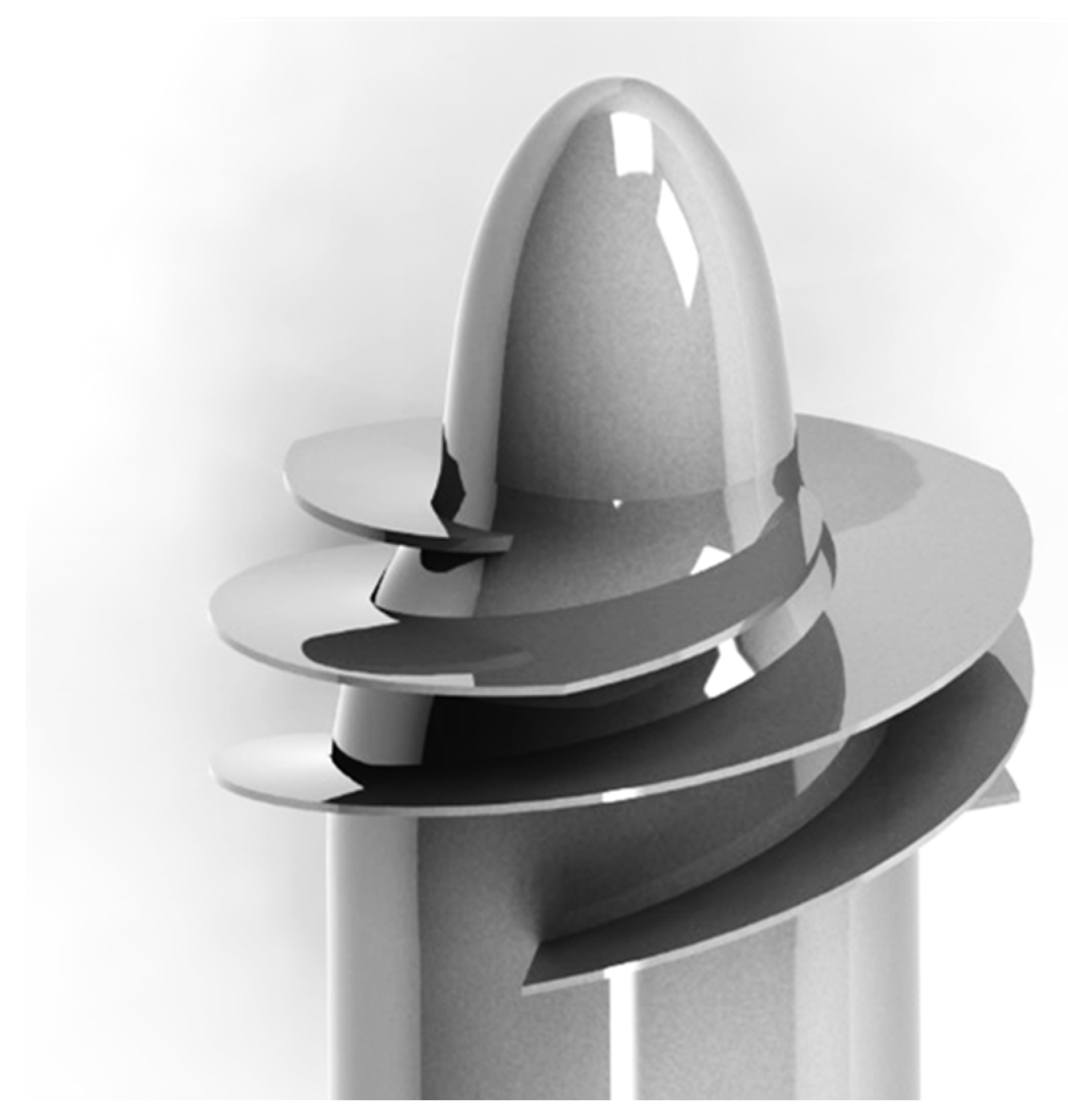
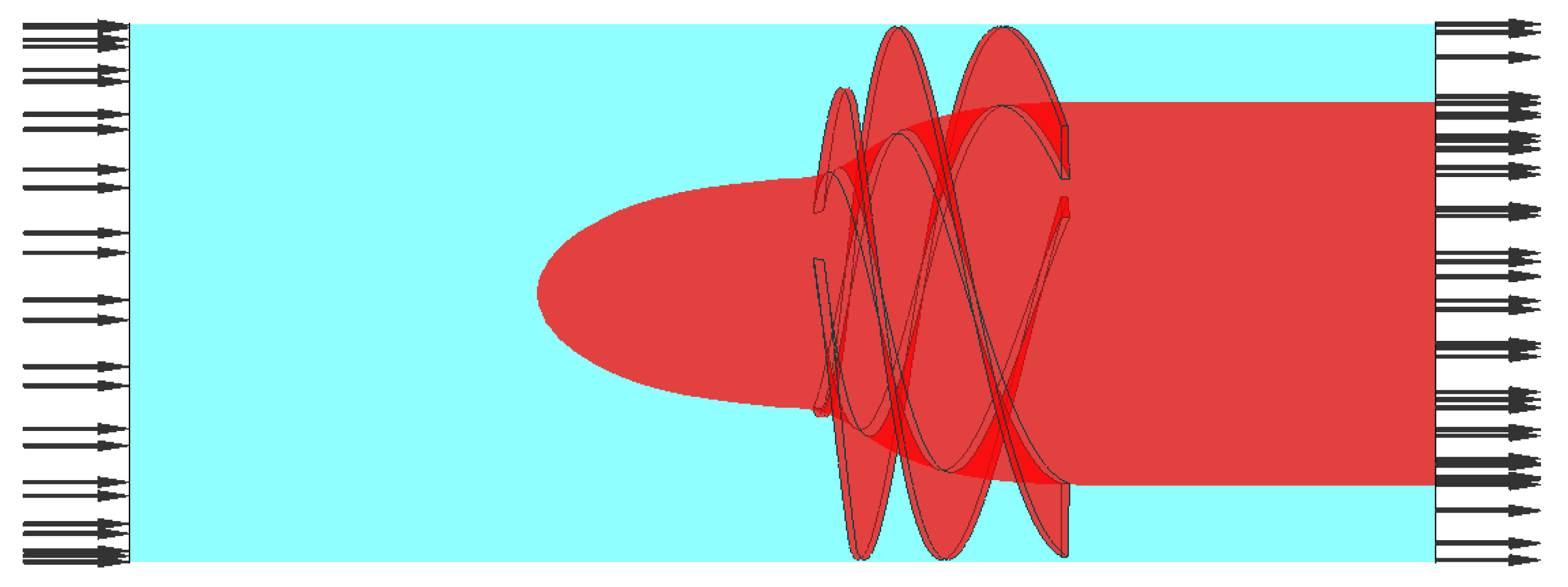
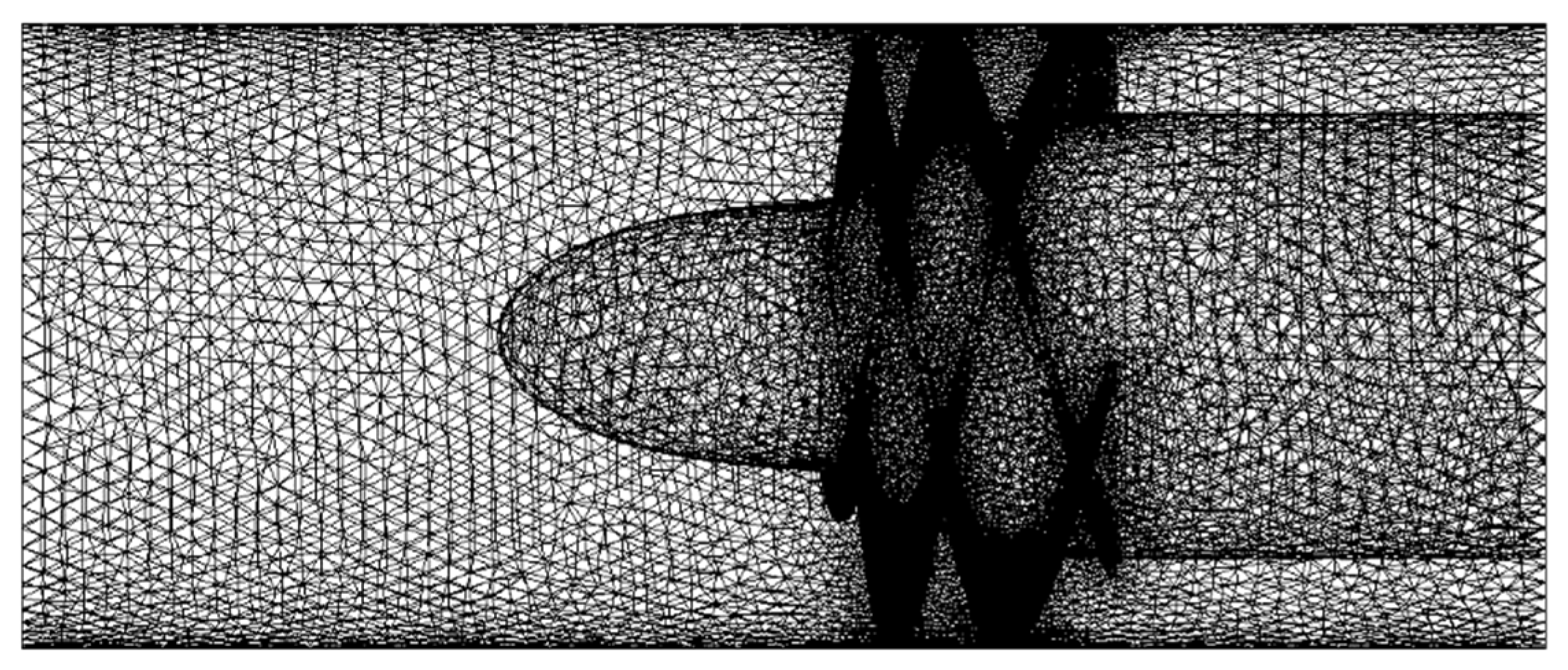
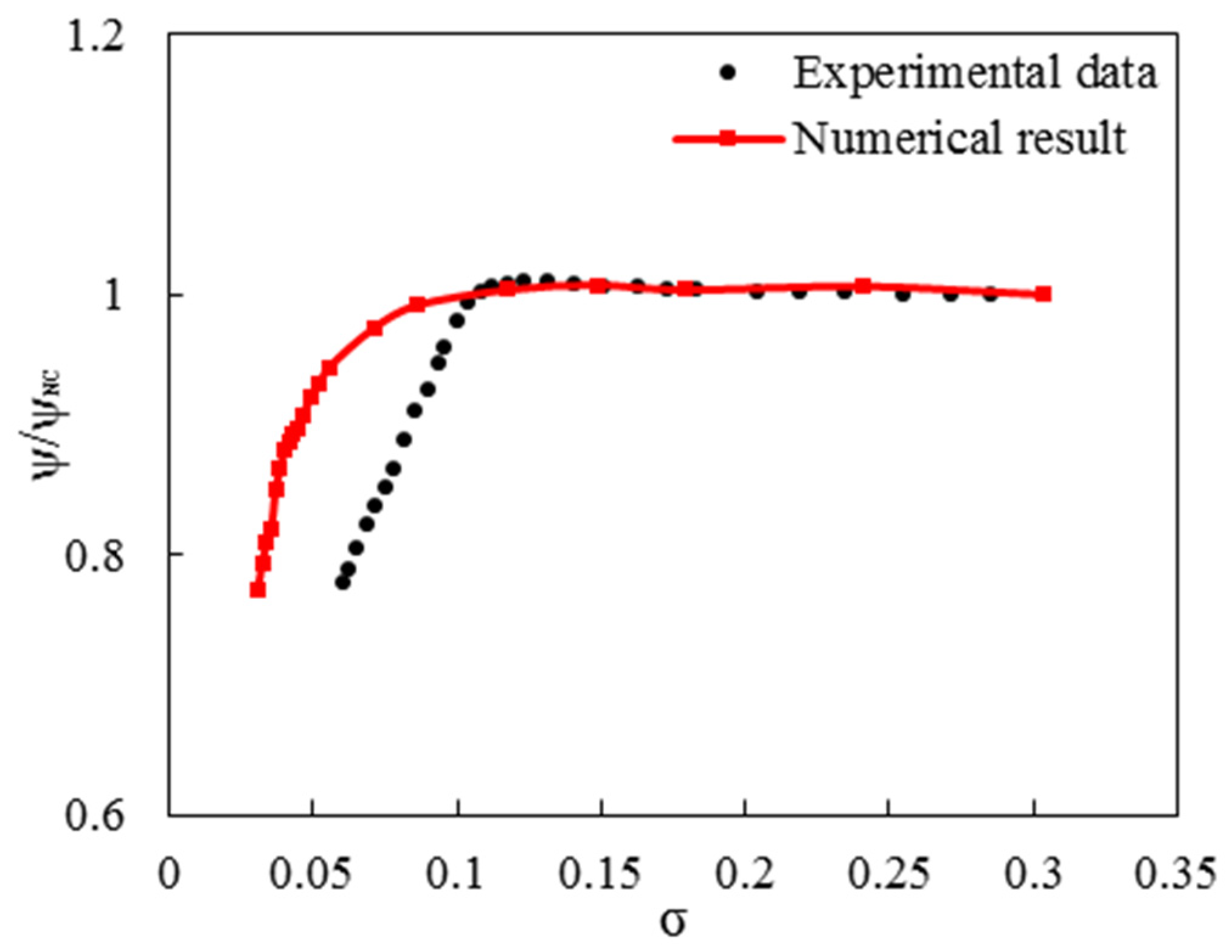
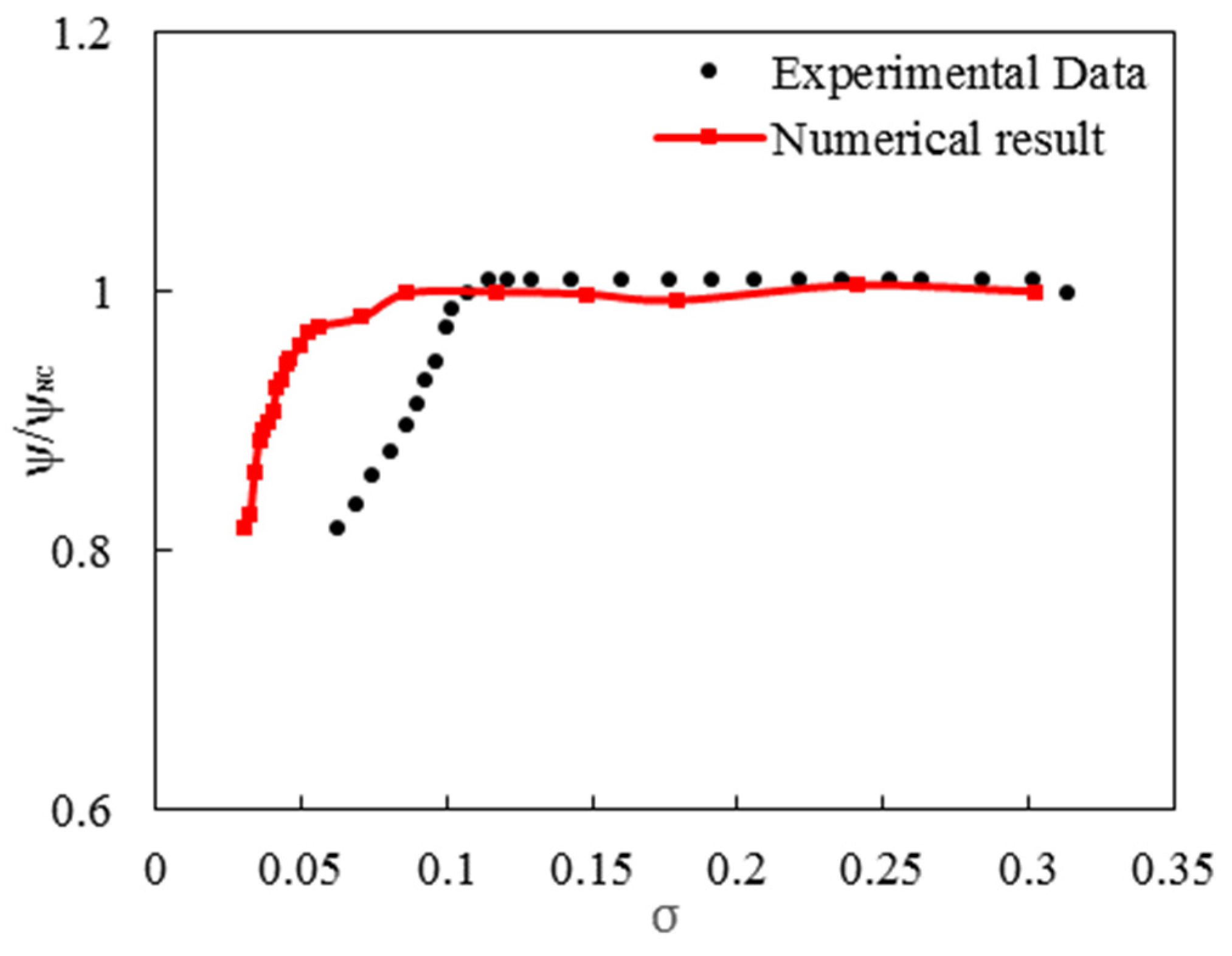
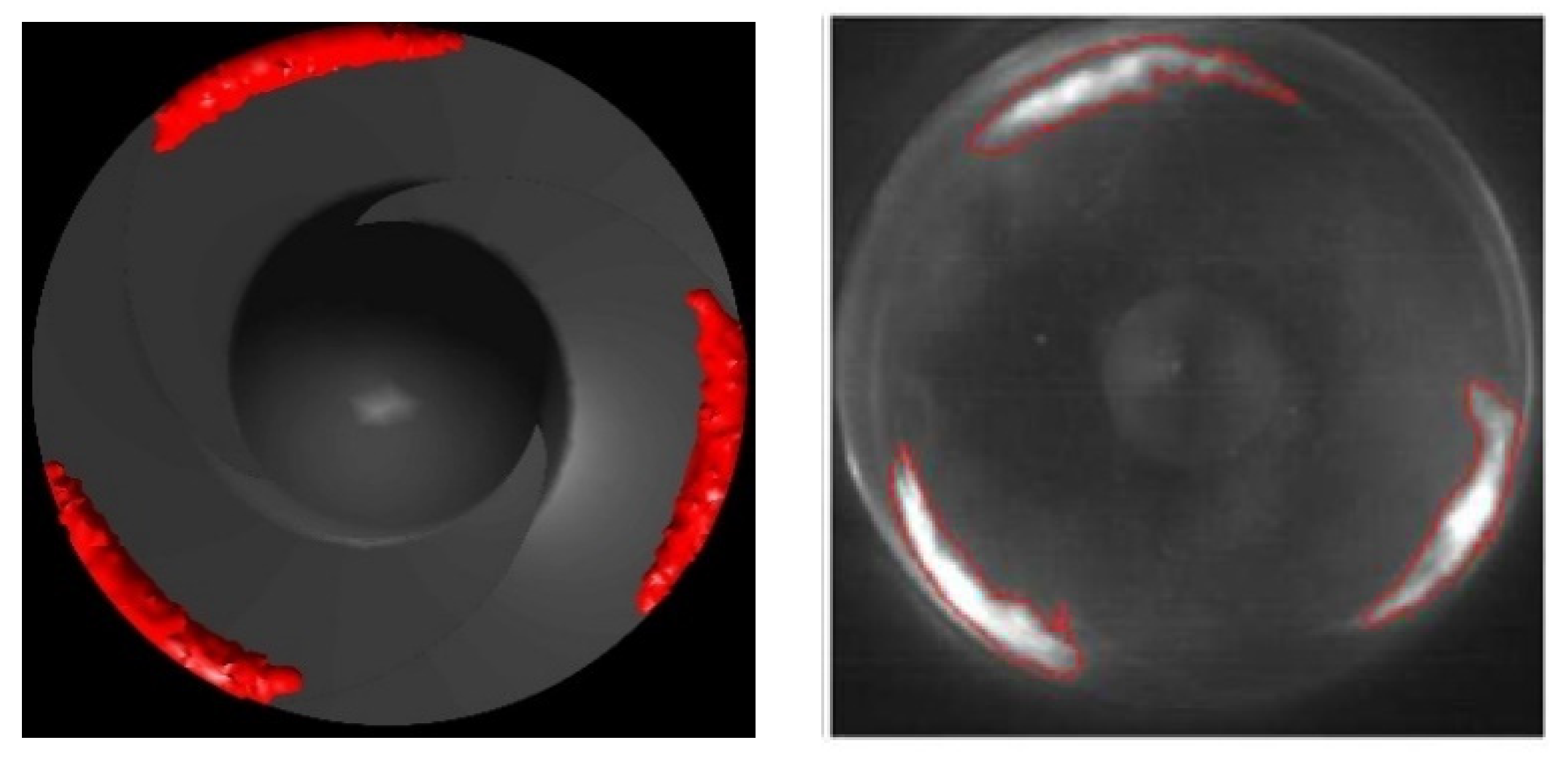

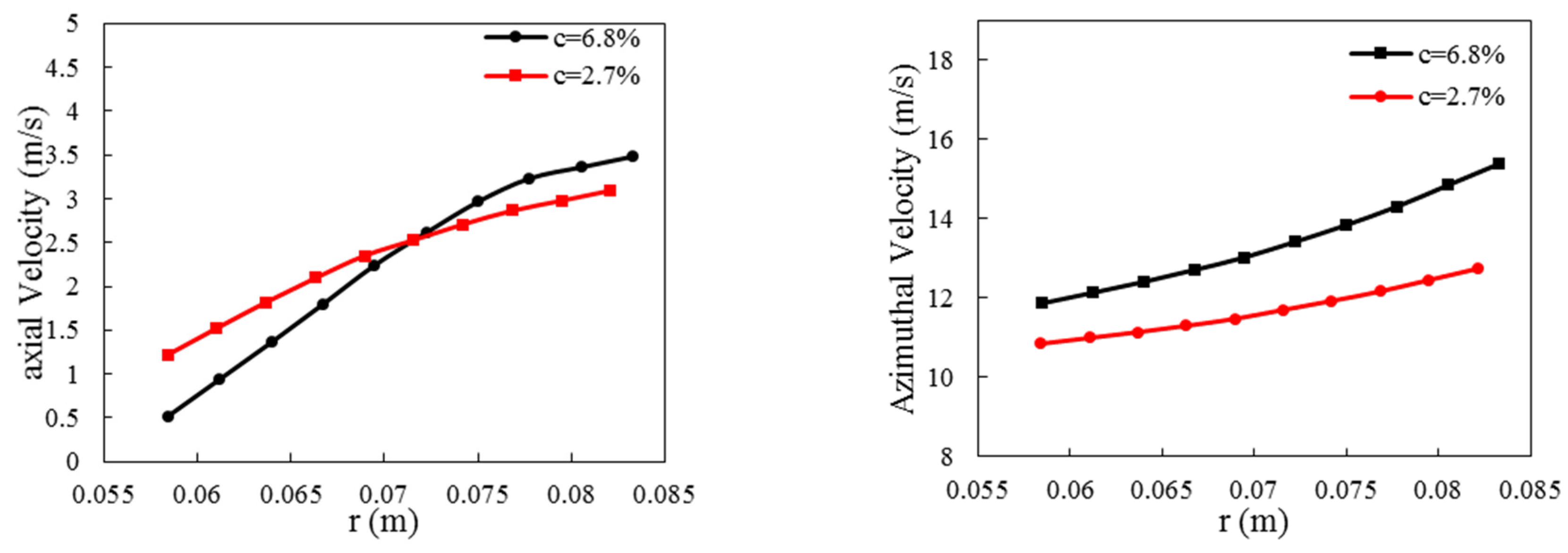
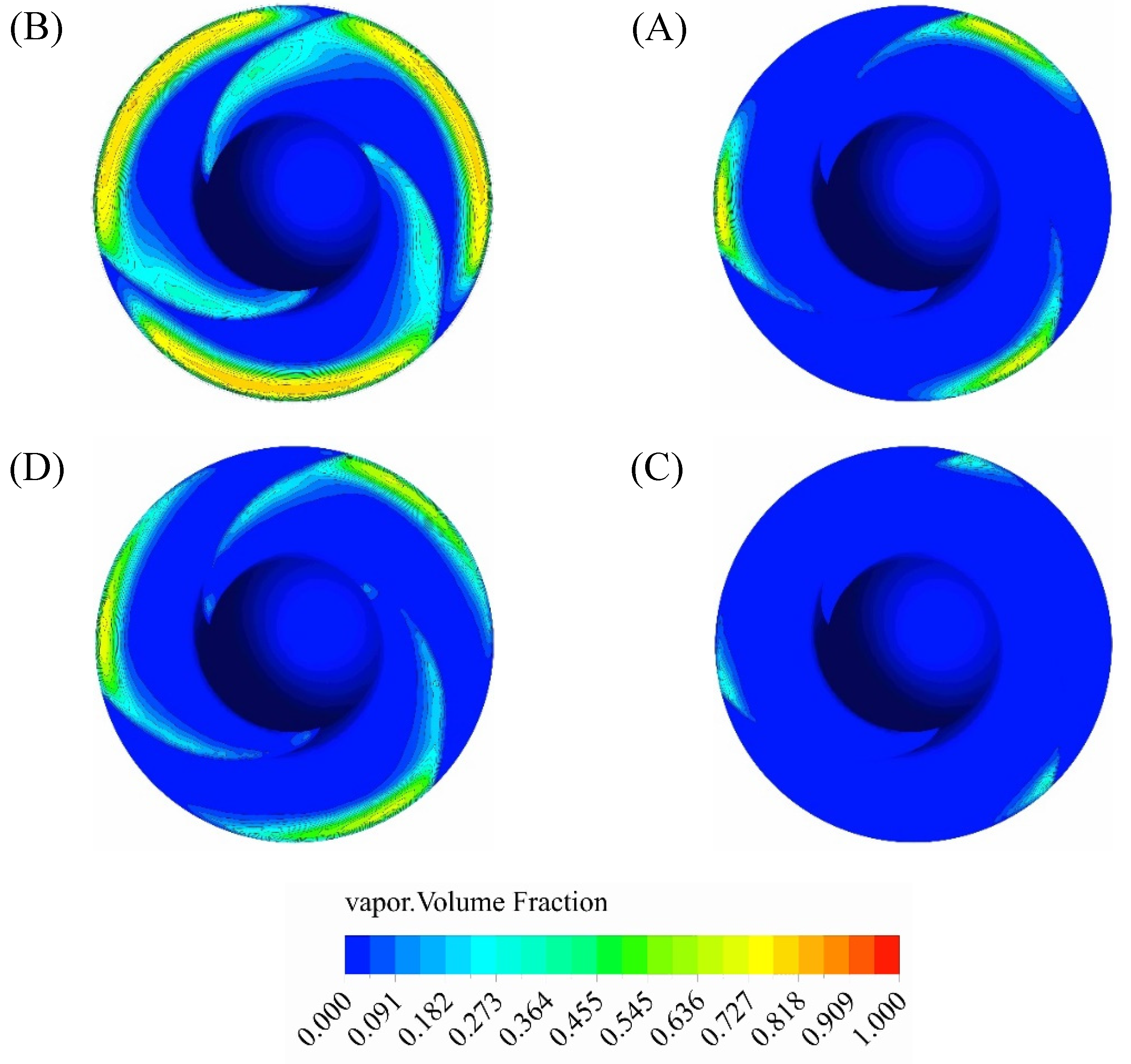
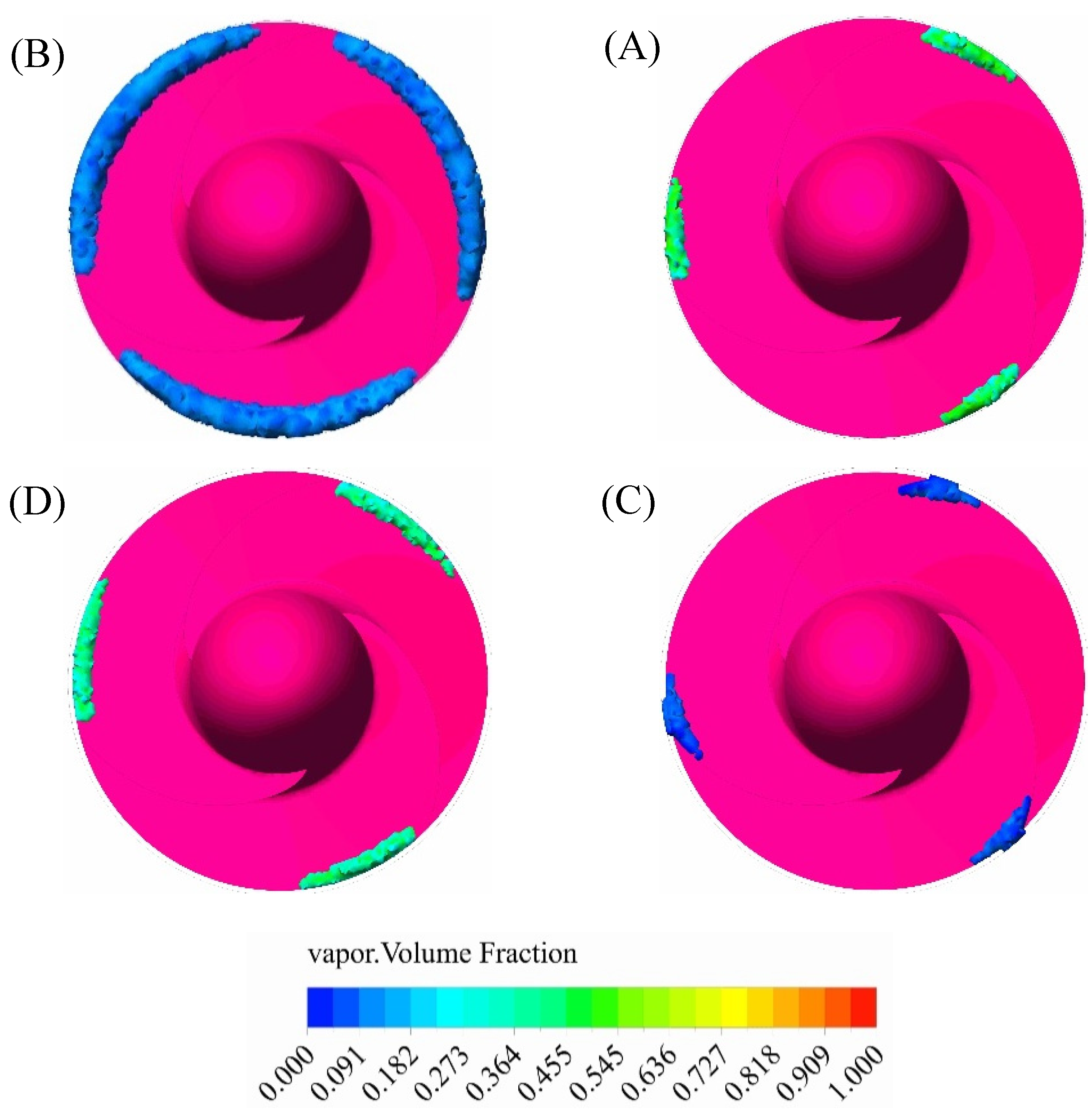
Disclaimer/Publisher’s Note: The statements, opinions and data contained in all publications are solely those of the individual author(s) and contributor(s) and not of MDPI and/or the editor(s). MDPI and/or the editor(s) disclaim responsibility for any injury to people or property resulting from any ideas, methods, instructions or products referred to in the content. |
© 2023 by the authors. Licensee MDPI, Basel, Switzerland. This article is an open access article distributed under the terms and conditions of the Creative Commons Attribution (CC BY) license (http://creativecommons.org/licenses/by/4.0/).



